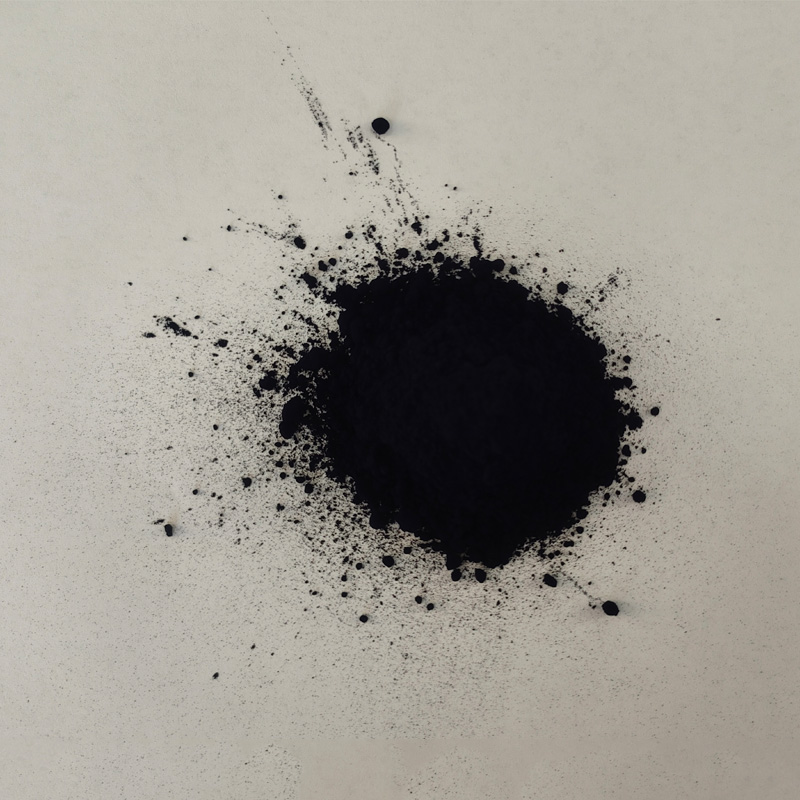Exporters of Indigo Dye and Their Role in Global Textile Chemistry and Sustainability Trends
The Significance of Indigo Dye and Its Exporters in the Global Market
Indigo dye, renowned for its deep blue color and rich historical significance, has been a valued commodity for centuries. Traditionally derived from the leaves of the Indigofera plant, this natural dye has found its way into various applications, including textiles, art, and cosmetics. In recent years, the global demand for indigo dye, particularly in the fashion and textile industries, has led to a surge in exports from producing countries. In this article, we will explore the chemistry behind indigo dye, its benefits, and the role of exporters in shaping its global market.
The Chemistry of Indigo Dye
Indigo dye is primarily composed of indigo, a complex organic molecule with the chemical formula C₁₆H₁₀N₂O₂. It exists in a unique structure that enables it to form strong bonds with cotton fibers, making it an ideal choice for dyeing textiles. The dyeing process typically involves reducing indigo through a reaction with sodium hydrosulfite or similar agents, which converts the indigo into a soluble form known as leucoindigo. This transformation allows the dye to penetrate the fabric effectively and, once exposed to air, the leucoindigo reverts to its original form, resulting in the characteristic blue color.
In recent years, advancements in synthetic dye production have led to the development of artificial indigo variants. While synthetic indigo has become prevalent due to its cost-effectiveness, the demand for natural indigo dye is witnessing a revival. Consumers seeking sustainable and eco-friendly products are increasingly favoring natural indigo, prompting exporters to cater to this niche market.
The Role of Indigo Dye Exporters
indigo dye chemistry exporters

Indigo dye exporters play a crucial role in the supply chain, connecting producers in cultivating regions with manufacturers and consumers worldwide. Countries like India, which has a long tradition of indigo dyeing, have become key players in the export market. Indian exporters often source indigo from local farmers, promoting fair trade practices and sustainable agricultural methods. This commitment not only supports local economies but also preserves the cultural heritage associated with natural dyeing techniques.
Moreover, exporters are adapting to changing market dynamics by enhancing their production methods and ensuring quality control. They often engage in partnerships with manufacturers to provide customized solutions, including organic indigo, which appeals to eco-conscious brands. As global fashion trends shift towards sustainability, the ability of exporters to provide high-quality, eco-friendly indigo dye is becoming increasingly important.
The Future of Indigo Dye Exporting
As sustainability becomes a central theme in the global fashion industry, the future of indigo dye exporting appears promising. The rise of slow fashion and a growing consumer base that values ethical and sustainable practices are driving demand for natural indigo dye. Exporters are expected to focus on promoting health and environmental benefits, such as the reduced ecological impact compared to synthetic dyes.
Additionally, innovation in production processes, such as fermentation methods using microorganisms, is being explored to create sustainable indigo dye while reducing water and chemical usage. Such advancements could further enhance the profile of indigo dye in international markets, offering an edge over synthetic alternatives.
In conclusion, indigo dye, with its rich history and chemical significance, remains a vital component of the global textile industry. Exporters play a pivotal role in bridging the gap between traditional practices and modern demand, ensuring that this beautiful dye continues to flourish in an ever-evolving market. As consumers become more environmentally conscious, the future of indigo dye and its exporters looks bright, promising growth opportunities rooted in sustainability and authenticity.
-
The Timeless Art of Denim Indigo Dye
NewsJul.01,2025
-
The Rise of Sulfur Dyed Denim
NewsJul.01,2025
-
The Rich Revival of the Best Indigo Dye
NewsJul.01,2025
-
The Enduring Strength of Sulphur Black
NewsJul.01,2025
-
The Ancient Art of Chinese Indigo Dye
NewsJul.01,2025
-
Industry Power of Indigo
NewsJul.01,2025
-
Black Sulfur is Leading the Next Wave
NewsJul.01,2025

Sulphur Black
1.Name: sulphur black; Sulfur Black; Sulphur Black 1;
2.Structure formula:
3.Molecule formula: C6H4N2O5
4.CAS No.: 1326-82-5
5.HS code: 32041911
6.Product specification:Appearance:black phosphorus flakes; black liquid

Bromo Indigo; Vat Bromo-Indigo; C.I.Vat Blue 5
1.Name: Bromo indigo; Vat bromo-indigo; C.I.Vat blue 5;
2.Structure formula:
3.Molecule formula: C16H6Br4N2O2
4.CAS No.: 2475-31-2
5.HS code: 3204151000 6.Major usage and instruction: Be mainly used to dye cotton fabrics.

Indigo Blue Vat Blue
1.Name: indigo blue,vat blue 1,
2.Structure formula:
3.Molecule formula: C16H10N2O2
4.. CAS No.: 482-89-3
5.Molecule weight: 262.62
6.HS code: 3204151000
7.Major usage and instruction: Be mainly used to dye cotton fabrics.

